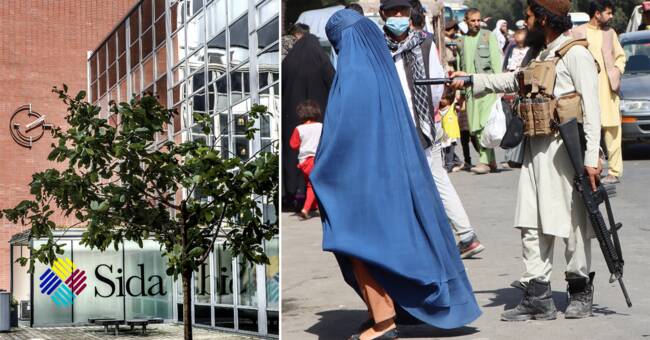The large amount of money and the lack of coordination between operations may, according to a report from the Expert Group for Aid Analysis (EBA), have contributed to promoting rather than preventing harmful developments in Afghanistan.
"... does not make it unreasonable to claim that large volumes of aid and the war on terror together have contributed to rather than counteracted corruption and undermined all potential for sustainability."
writes report author Adam Pain.
Afghanistan has been Sweden's second largest aid item for the past 20 years.
Between 2001 and 2020, approximately SEK 14 billion was paid to the country, according to the report.
Poor conditions for democracy
The conditions that made a journey towards democracy possible in other countries do not exist in Afghanistan, according to the report.
This has made development aid less effective.
The situation in the war-torn country quickly worsened when the United States began its military withdrawal.
The Taliban have now taken over.
On Friday, Sida announced that Sweden would stop all aid to the Afghan state, as the money is assumed to end up in the hands of the Taliban.
According to the report, Sweden's strategies have not taken into account changes in Afghanistan.
The latest, from April 2021, for example, does not differ significantly from the previous ones - despite the fact that the US plans were well known at the time.
Abstract goals - difficult in practice
The report criticizes the international aid efforts in Afghanistan for their design.
The countries have too much focus on their, sometimes abstract, goals and seeing results, but lack sufficient insight into how the country works, the author says.
This has contributed to the goals not being able to be realized in practice.
Sweden's focus since 2002 has been education, healthcare, human rights, gender equality and economic development.
According to the report, Swedish money has made a difference in infrastructure and basic education. But when it comes to creating internal capacity and changing behaviors and values, the results are described as weak.

